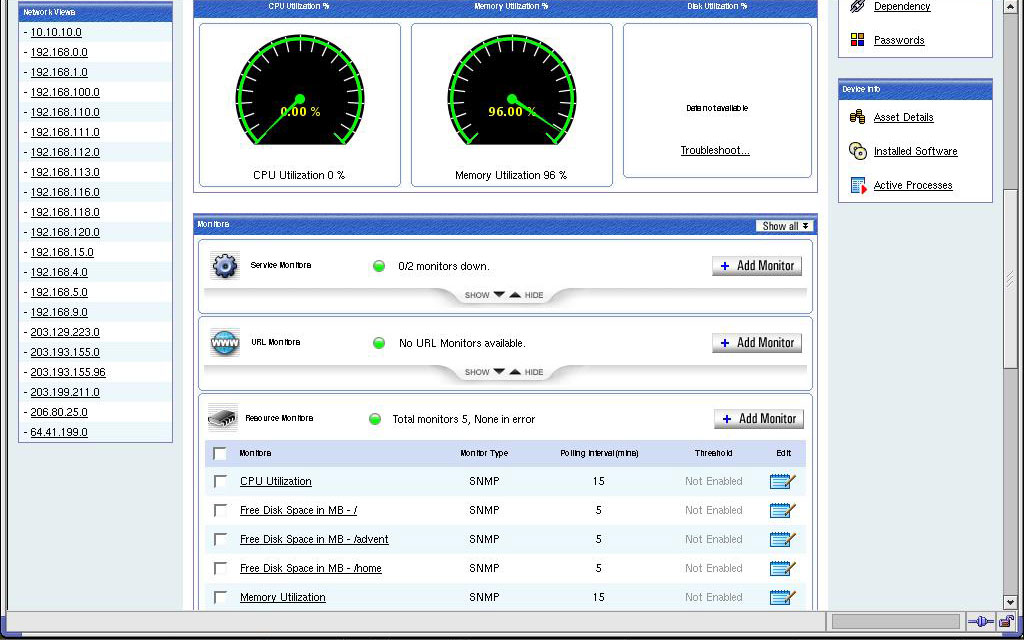

In this guide, we will focus on using different CLI tools to check memory usage per process in Linux. These tools are often used in enterprise environments, where managing multiple servers and applications is a critical task. Third-party tools such as Nagios, Zabbix, and Cacti provide advanced memory monitoring capabilities, including alerting, trend analysis, and historical data. They display the memory usage of running processes in a more intuitive and user-friendly way, making them an excellent choice for novice users. GUI tools such as GNOME System Monitor, KDE System Monitor, and Xfce Task Manager provide a graphical interface for monitoring memory usage. These tools can be used in a terminal or shell session, making them accessible from remote connections. They are lightweight and efficient, making them an excellent choice for monitoring memory usage on a Linux system. There are different methods to check memory usage per process in Linux, including command-line tools, graphical user interfaces (GUIs), and third-party tools.Ĭommand-line tools such as 'ps', 'top', and 'htop' provide detailed information about running processes and their memory usage. Fortunately, Linux provides several built-in tools to monitor and analyze memory usage per process. Monitoring memory usage can help identify processes that are consuming too much memory or experiencing memory leaks, which can lead to system instability and performance degradation.

In Linux, checking the memory usage per process is an essential task to ensure optimal system performance.


 0 kommentar(er)
0 kommentar(er)
